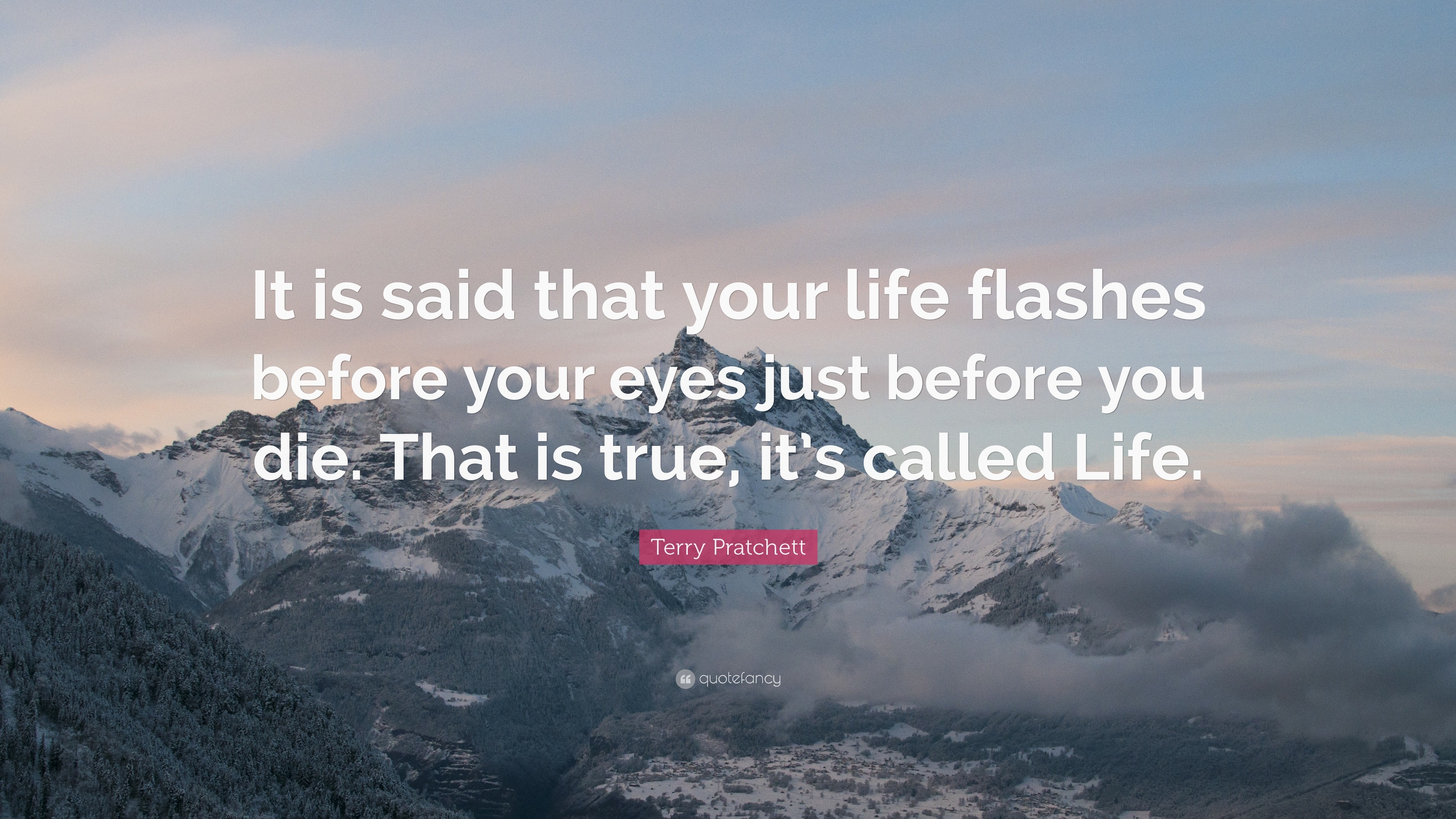


Floaters are more visible in bright light, or if you are looking at a plain bright background such as a cloudless sky or white wall.

What are the symptoms of flashes and floaters?įlashes appear as small sparkles, lightening or fireworks usually in the extreme corners of your vision. Who is affected by flashes and floaters?įlashes and floaters are more common in older people, people who are short-sighted and in people who have had eye surgery. They are very common and are normally harmless. The fibres appear to float in front of your eyes and move when you try to look at them. They are formed when the vitreous, which is the jelly inside your eye, separates into watery fluid and wavy collagen fibres. What are floaters?įloaters are small dark or transparent dots or strands or something that looks like a hair or small pieces of a cobweb that float in the vitreous gel inside your eye. Very occasionally, flashes can be a sign of retinal detachment, which should be treated as soon as possible. They are different from the shimmering or zig-zag lines that may be part of a migraine. The flashes tend to be in the extreme corners of your vision and come and go, but don’t obscure any part of your vision. As the vitreous pulls away from your retina you may see this as a flash of light in one or both eyes, like small sparkles, lightning or fireworks. It is very common and more likely to happen as you get older. This is called posterior vitreous detachment (PVD). As we get older, the vitreous gel naturally becomes more liquid and collapses away from the retina. When we are young, the gel inside your eye (the vitreous) is firmly attached to the back of your eye.


 0 kommentar(er)
0 kommentar(er)
